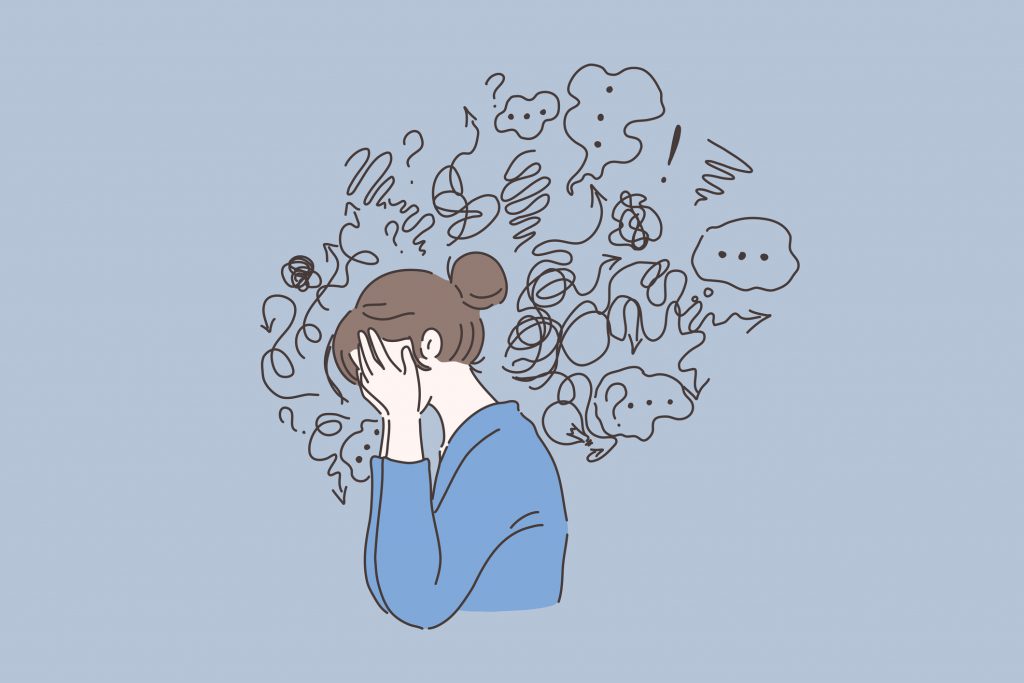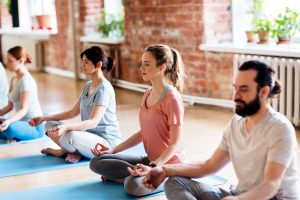Calming the Rush of Anxiety
Madeline Redetzky, M.S.

Anxiety can seem to be a never ceasing rush of rapids. It can lead us on a journey that takes away control and adds fear. Our anxious thoughts can cause us to feel we need to hurry and solve life’s problems, while questioning if we have the solutions. It can resemble productivity and healthy habits, or it can be a scary journey until we can find the tools that help us slow down and take back control.
Tools that help challenge that rush are called grounding skills. Grounding is a concept that brings our rushing past or future focused thoughts to the present moment. If we feel more stable and rooted in the present moment, our anxious thoughts have less control over us. Grounding skills can create some calm from the stress and anxiety and a way to further connect our mind to our body. Here are some of the most helpful grounding skills I’ve used with my clients.
- Five Senses: Name things in your environment you can hear/smell/see/taste/touch. This can help you remember that you are safe and have concrete things around you.
- Metered Breathing: Inhale in for 4 seconds, hold for 4 seconds, and exhale for 4 seconds. This can help slow your heart-rate down which can help slow the rush inside of you.
- Light Exercise: Try stretching parts of your body or going for a walk or jog. These are healthy ways to release energy associated with high stress and anxiety.
- Temperature: Have a glass of cold water or a cup of warm tea. This is a healthy way to softly shock your system and be more aware of your surroundings.
- Coping Statements: Recite truthful positive statements like “I don’t have to solve the problem right away.” Say these as often as you need to throughout the day or week.
- Happy Place: Visualize your favorite place while paying attention to what you may see, hear or things you feel. If you are not in a physically calm space, you can create one anywhere by closing your eyes.
Remember that these grounding skills take some practice. Additionally, talk to your therapist if you are noticing increased occurrences and intensity of anxious symptoms.



